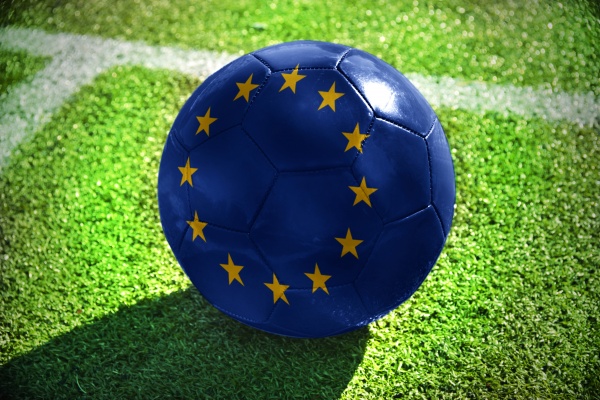Inspect First - Then Refurbish
In recent years, the number of artificial pitches used to practise sports has continued to increase, largely replacing old surfaces such as ...


YOUR FORUM FOR PLAY, SPORTS UND LEISURE AREAS

As already reported in the past, the EU Commission is planning to introduce significantly tightened requirements in the form of a new regulation designed to avoid environmental pollution with microplastics. This will also apply to all plastic-based granule fillings used for artificial turf systems in sports facilities. Following a public consultation process held last year, the European Chemicals Agency (ECHA) that has been commissioned to prepare the draft legislation invited its affiliated Committee for Risk Assessment (RAC) and Committee for Socio-Economic Analysis (SEAC) this summer to review the draft it has prepared to date. The updated proposed draft of the ECHA now recommends either complete prohibition of the use of polymer filling materials in artificial turf systems from a date six years following implementation of the legislation in question or imposition of a mandatory requirement for the use of risk management measures, such as enclosure or filter systems in situations in which material of this nature is employed. In a statement released in June, the RAC expressed a clear preference for the version that would involve prohibition after six years. A total of four options were considered: 1) Prohibition directly on implementation; 2) Prohibition after a period of six years; 3) Mandatory use of risk management measures to prevent the escape of granule materials and 4) Labelling with requirements for use.
Option 1) relating to immediate prohibition was rejected as being counter-productive from the socio-economic point of view. It would have meant that all related sports facility surfacings would have had to be soon replaced as substitute artificial filling materials would no longer have been available. This would not only have generated considerable outgoings for local authorities and sport associations but also additional carbon emissions. Option 4) was dismissed as it was seen as being impractical. While the option most favoured by the two committees to date is 2), the measures proposed in option 3) will continue to be taken into account in future deliberations. The German Olympic Sports Confederation (DOSB), the umbrella association for German sport, has expressed a preference for option 2) as (with the wish not to have to replace existing sports fields before the end of their expected lifetime) , in comparison with option 3), it provides, among other things, for greater sustainability and more leeway for stakeholders.
The issue is discussed in full and a detailed overview of what has occurred in this connection to the present is provided in a white paper prepared by the DOSB that can be downloaded from here:
TT